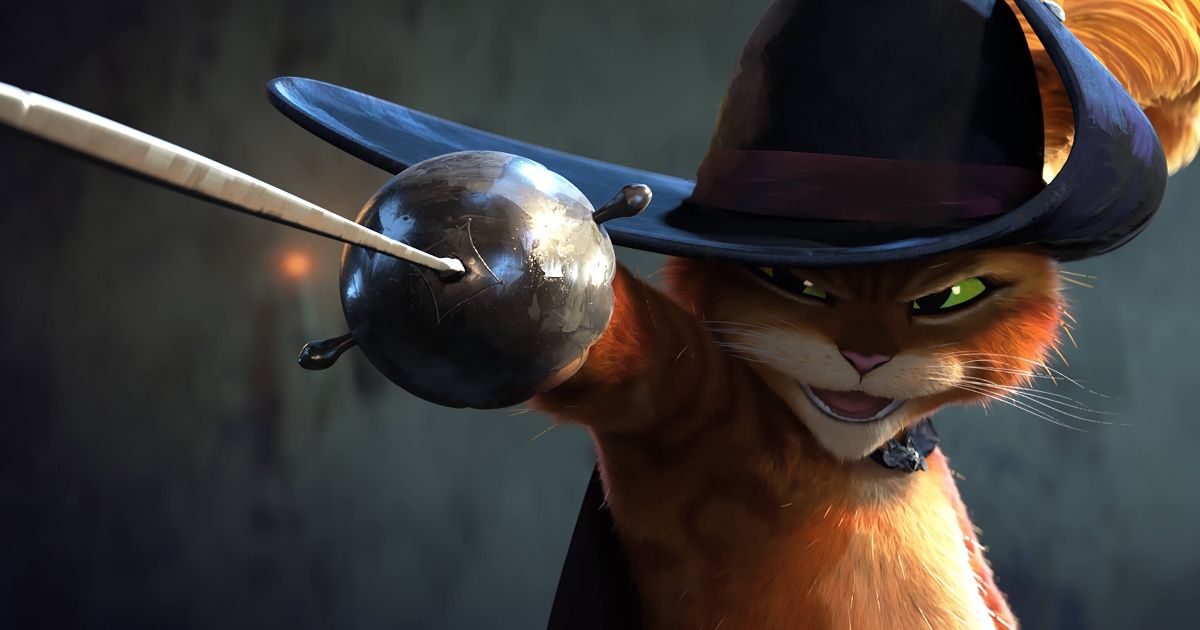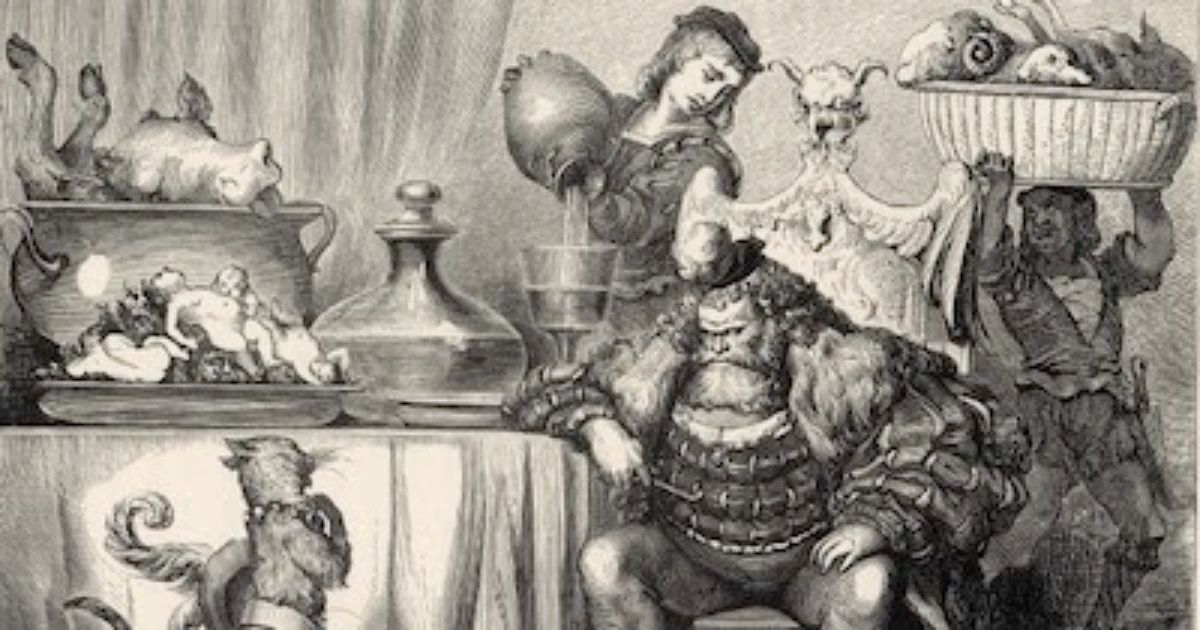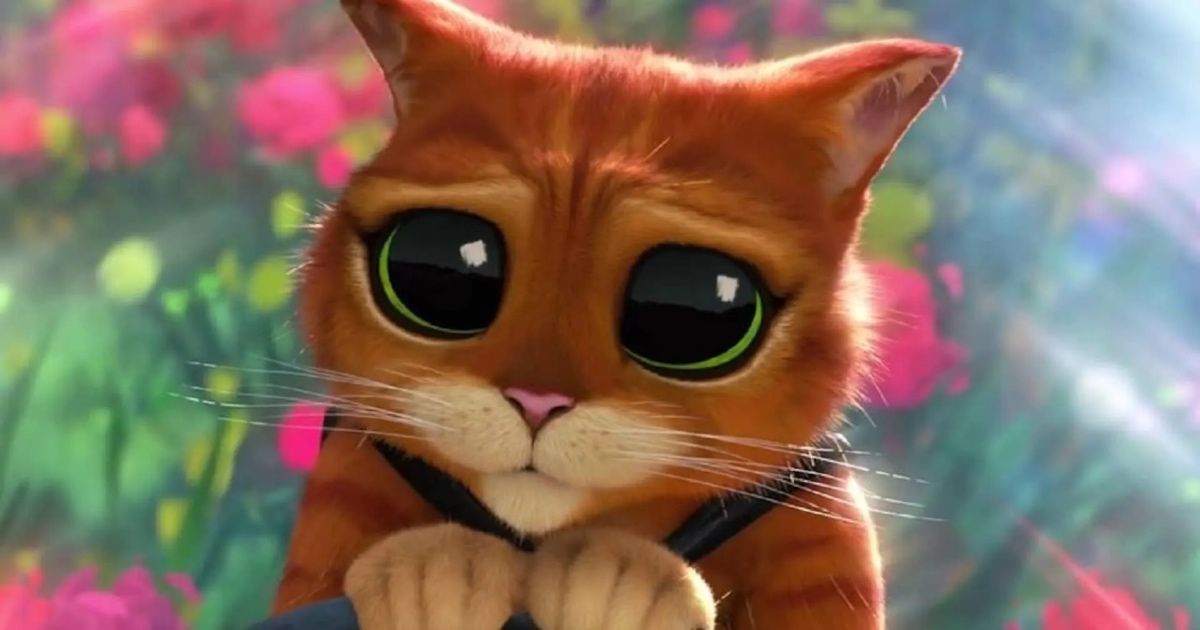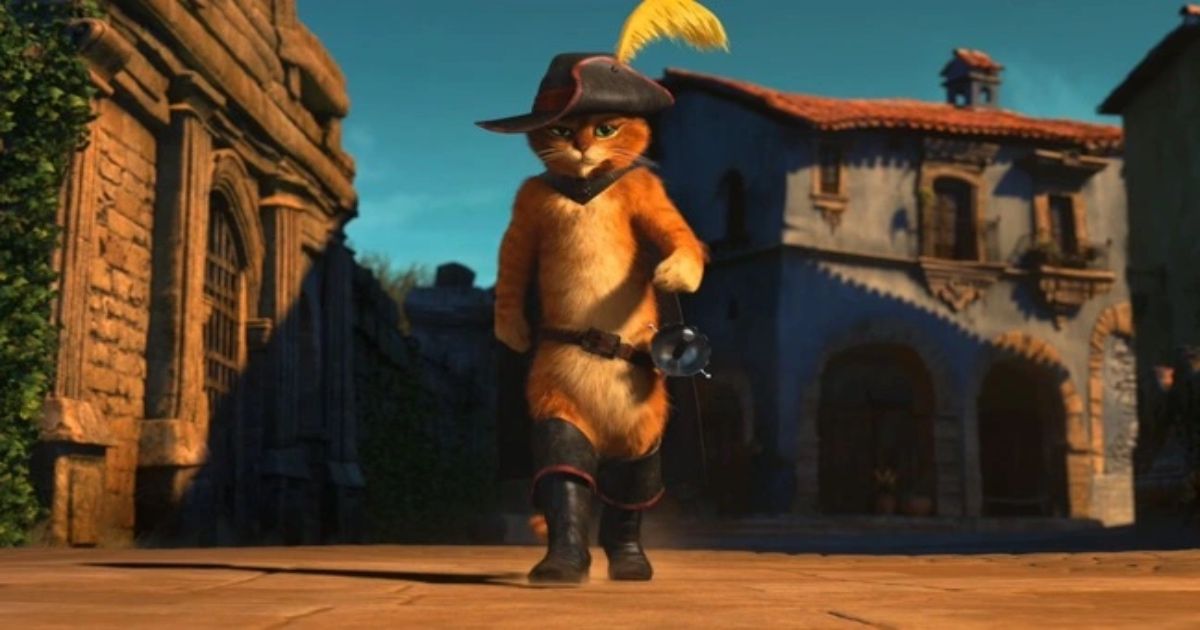Puss in Boots is known as the anthropomorphic Spanish-speaking cat, a fugitive on the run from the law who is specifically known for his signature boots. While mostly appreciated these days as a character in Shrek before his 2011 spin-off movie and a new film, Puss in Boots: The Last Wish, coming out soon, the story was originally an Italian fairy tale that spread widely through Europe. Now, with nearly 500 years of the swashbuckling feline in the cultural lexicon, let's take a look at the original story and appreciate the fairy tale that people are often unaware of.
A Tale As Old As Time
The suprising origins of Puss in Boots go way back to possibly the oldest and first written telling of the story by Italian author Giovanni Francesco Straparola between 1550-1553, who included it in his The Facetious Nights of Straparola, yet there is also a version written by Girolamo Morlini, which Straparola also used for other various tales in his collection. Later, another version was published by Giambattista Basile in 1634, titled Cagliuso, and despite the tale being originally Italian, retired civil servant Charles Perrault wrote a French version towards the close of the 17th century. Perrault also created a collection of eight fairytales called Histoires ou contes du temps passé, in which a handwritten and illustrated manuscript of Puss in Boots appeared.
The story was recognized in both Italian and French, with its Italian title being Il gatto con gli stivali (The cat with the boots). The book gained incredible recognition and popularity, and to this day remains a success in Europe as a children's fairy tale. From this story book, Puss in Boots has provided inspiration for artists as varied as composers and choreographers over the centuries, from Tchaikovsky's ballet Sleeping Beauty (specifically in the third act) to even the Brothers Grimm's Kinder und Hausmärchen (Grimm's Fairy Tales). The actor Christopher Walken, of all people, even appeared as Puss in Boots in human form in a largely forgotten '80s movie.
Puss in Boots even starred in a 1922 Walt Disney cartoon short, six years before Mickey Mouse ever appeared, and was turned into Japanese anime films from Tohei (with manga from Studio Ghibli director Hayao Miyazaki), and the company actually made the cat its logo.
Puss in Boots Is No Ordinary Cat
While this Spanish cat with adorable huge eyes may be popular in Shrek, not many fans are familiar with the original story of Puss in Boots. The tale opens with the death of a miller and the distribution of his belongings to his sons. The youngest son of the miller simply receives the family cat. While it may not be a gift like his elder brother receives (their father's mill), this cat is not like any ordinary feline, and as soon as the boy realizes his magic, he provides him with a pair of boots, upon the cat's request. With the hopes of making his master's fortune, the cat sets off on his clever and mischievous adventures. Along the way he displays cunning tricks and a celebration for mischief, including his scheme to fool the king; in the end, his tricks are successful and the miller's son ends up holding the title of Marquis and is offered a princess' hand in marriage.
The renowned version made by Perrault is the story most people are familiar with, even though it was not his creation. Over time, the original story has been adapted and changed. In Straparola's version for example, the poor young man is not the son of a miller, but of a bohemian woman. The cat is also actually a fairy in disguise, yet in the end, the man does still become king. Similarly, a version by Giambattista Basile in 1634 showed the young boy as a beggar whose fortunes are achieved thanks to the cat (similar to the story we know), yet in the end, the boy promises the cat a gold coffin upon his death, so the cat tricks him and pretends to be dead. The cat is then mortified to hear that the boy planned to throw him out of the window. In distress, the cat runs away, leaving the boy to find his own way.
The Moral of The Trickster Tale
Despite the many versions of Puss in Boots, many can agree that the ancient tale of the talking trickster cat is intriguing, yet how should we interpret its meaning? Upon first glance, it seems to be that lying, cheating, and tricking our way through life is how we would be rewarded, though it doesn't seem right that someone of this nature would be shown with honors. Puss in Boots, as he tricks those above him in powerful positions, seems to always escape retribution, which again, does not seem to be all that ethical or realistic. We cannot take for granted the fact that Puss never has to answer for his misdeeds, as we surely would in our society, which begs the question: what is the moral of the story?
As many tales, the 'moral' is most definitely up for interpretation, and everyone may view this historic fairytale in various different ways. While the moral that seems to make the most sense here is that sometimes it really does pay to lie, cheat, and trick your way to getting what you want, one could easily argue an alternative (and more beneficial) way of looking at it. What if we look at Puss in Boots as someone who simply does what he has to, for him and his master to survive and make the best of their bad luck in life? He always goes out of his way and puts himself in danger to create a better life for them because, well, what else do they have to lose?
Stories (especially fairy tales) are often written explicitly to allow the reader to learn a lesson, to view their own life in comparison and reflect on their behavior, actions and choices. So, in this case, Puss in Boots might just be asking us to view ourselves: Do we lie to avoid difficult situations? Do we cheat our way through life to gain success and get what we want? Do we trick people into believing us? If so, perhaps here the moral of the story is to make changes, to consider if it is really worth it, and to ask ourselves if we're doing what we can do build ourselves a better life and to be happy, but more importantly, to ask if we're doing it fairly and who we're doing it for.




